In today’s fast-paced world, grabbing a quick treat from a fast-food restaurant is more tempting—and more accessible—than ever. Whether it’s a post-meal milkshake or a sugary dessert to break up the workday, these indulgent items have become a staple in many Americans’ diets. While occasional treats can be a delightful part of life, some fast food desserts pack shockingly high amounts of sugar, fat, and calories that far exceed recommended daily limits—often in a single serving.
These seemingly innocent sweets can silently sabotage your health. Behind the creamy textures and sweet flavors lie astronomical doses of added sugars and saturated fats that contribute to weight gain, type 2 diabetes, heart disease, and other chronic health conditions. The worst part? Many of these desserts are cleverly marketed as fun-sized or seasonal treats, disguising just how nutritionally damaging they truly are. Most customers simply don’t realize how harmful a single order can be until it’s too late.
From sky-high calorie counts to sugar loads that rival a week’s worth of sweets, these desserts go far beyond an occasional indulgence. Read on to find out which popular items to skip—or at the very least, share—if you want to treat yourself without wrecking your health.
1. Dairy Queen Large Peanut Butter Cookie Blizzard
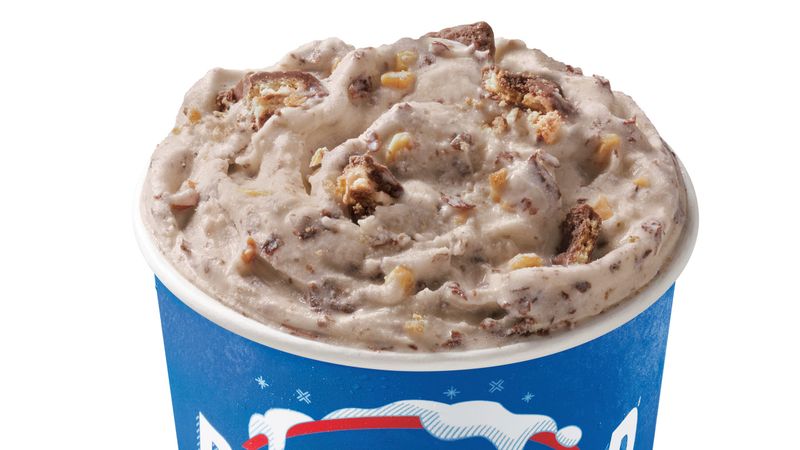
Picture this: a dessert that contains more calories than most people should eat in an entire day. The Large Peanut Butter Cookie Blizzard from Dairy Queen packs an astounding 1,640 calories into one cup. That’s like eating three full meals worth of energy in dessert form. The sugar content reaches a shocking 151 grams, which equals about six times the daily recommended amount for adults. Your body simply can’t process this much sugar at once without serious consequences. The 80 grams of fat completely destroys any hope of staying within healthy daily limits. Even sharing this massive dessert with friends won’t save you from nutritional disaster. Healthcare experts warn that regularly consuming desserts like this can lead to diabetes, heart disease, and rapid weight gain.
2. Chick-fil-A Cookies & Cream Milkshake

Don’t let the innocent appearance fool you – this seemingly harmless milkshake delivers a devastating 630 calories in every glass. The cookies and cream flavor might remind you of childhood, but the health consequences are strictly adult-sized problems. Those 84 grams of sugar equal roughly 21 teaspoons dumped directly into your bloodstream. What makes this particularly dangerous is how quickly you can drink it. Unlike solid food that takes time to chew and digest, liquid calories bypass your body’s natural fullness signals. You’ll finish this shake in minutes without feeling satisfied, then likely eat a full meal on top of it. Nutritionists point out that this single shake contains nearly half the calories most people need for an entire day. The sugar content alone exceeds what your liver can safely process in one sitting.
3. Burger King Large Chocolate Oreo Shake
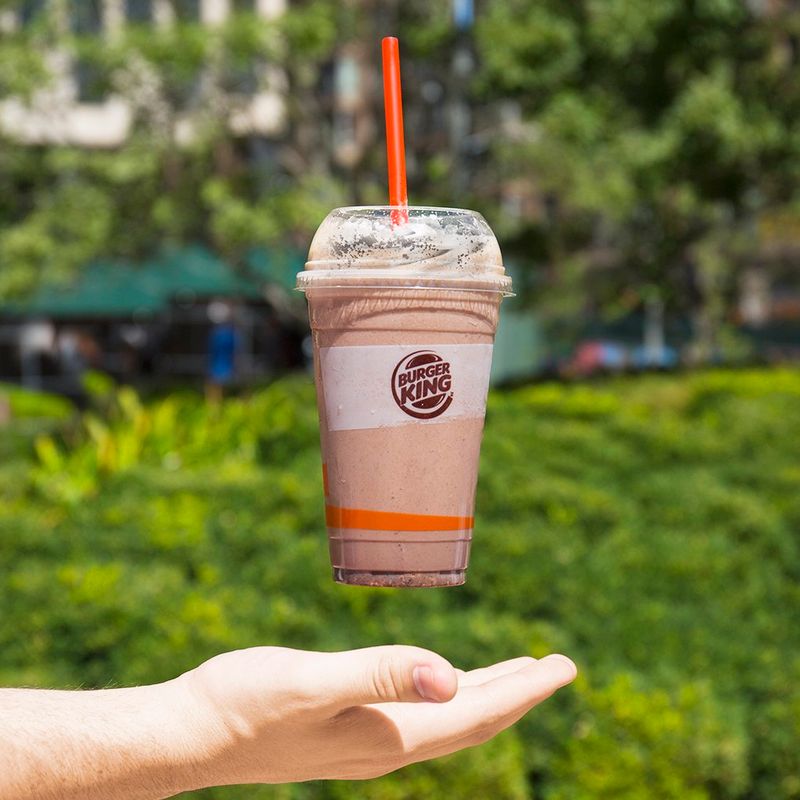
Burger King’s Large Chocolate Oreo Shake transforms a simple dessert into a 675-calorie catastrophe. The combination of chocolate ice cream and crushed Oreo cookies creates a sugar bomb containing 91 grams of sweetness. That’s equivalent to drinking nearly two cans of soda worth of sugar in one sitting. The hidden danger lies in the 475 milligrams of sodium lurking inside this dessert. Most people don’t expect their sweet treats to contribute significantly to their daily salt intake. This unexpected sodium load can spike blood pressure and cause uncomfortable bloating within hours. Food scientists explain that the combination of high sugar, fat, and sodium creates an addictive flavor profile. Your brain releases pleasure chemicals similar to those triggered by drugs, making it incredibly difficult to stop at just one shake. Regular consumption can rewire your taste buds to crave increasingly unhealthy foods.
4. Sonic Large Vanilla Blast with M&M’s
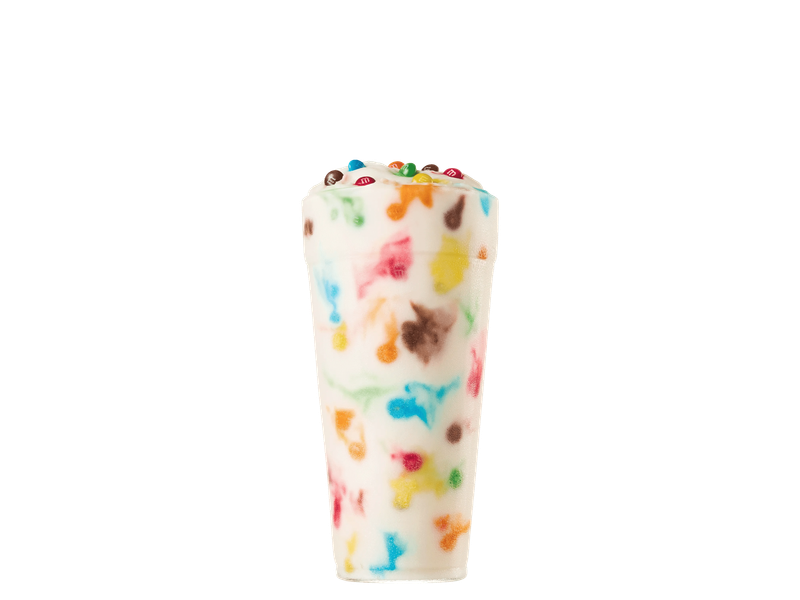
Sonic’s Large Vanilla Blast with M&M’s proves that bigger isn’t always better, delivering a whopping 1,000 calories in one serving. The colorful M&M candies might look fun and festive, but they push the sugar content to an astronomical 126 grams. That’s more than five times the amount of sugar your body can safely handle in a day. The 38 grams of fat in this dessert come primarily from saturated sources that clog arteries and raise cholesterol levels. Unlike healthy fats found in nuts or avocados, these fats provide no nutritional benefits while actively harming your cardiovascular system. What’s particularly concerning is how this dessert affects children, who are often the target audience for colorful candy-filled treats. Their smaller bodies process sugar even less efficiently than adults, leading to energy crashes, mood swings, and difficulty concentrating in school. Parents should consider this a once-in-a-lifetime treat, not a regular indulgence.
5. McDonald’s Large M&M’s McFlurry
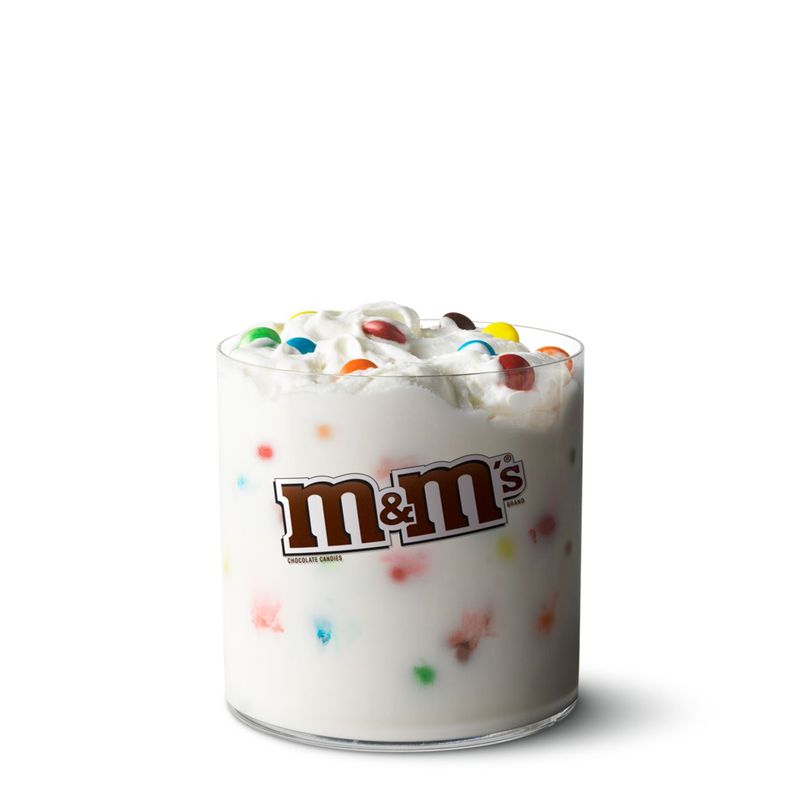
McDonald’s has mastered the art of making unhealthy food irresistible, and their Large M&M’s McFlurry stands as a prime example. This deceptively simple dessert loads your system with added sugars, saturated fats, and empty calories that stack up faster than you can imagine. The creamy vanilla base might seem innocent, but it’s packed with artificial ingredients and preservatives. The real trouble starts with the M&M candy pieces mixed throughout. These colorful additions contain artificial dyes linked to hyperactivity in children and potential health concerns in adults. The combination of processed ice cream and candy creates a perfect storm of inflammation-causing ingredients. Dietitians frequently cite this McFlurry as one of the worst menu choices at McDonald’s. The large size can easily derail an entire day’s worth of healthy eating, providing virtually no nutritional value while flooding your system with substances your body struggles to process. Even occasional consumption can disrupt blood sugar levels for hours.
6. McDonald’s Oreo McFlurry
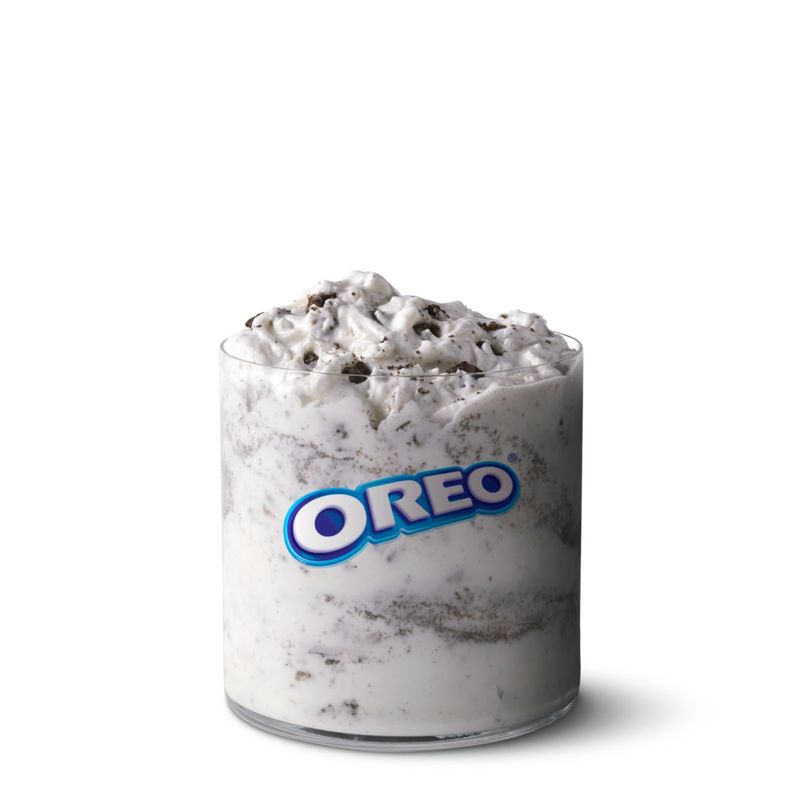
The Oreo McFlurry might be McDonald’s most popular dessert, but popularity doesn’t equal healthiness. This seemingly modest treat adds approximately 500 calories and 60 grams of sugar to any fast food meal. That’s like eating four chocolate chip cookies on top of your burger and fries. What makes this particularly dangerous is timing – most people order McFlurries as an afterthought following an already calorie-heavy meal. Your digestive system becomes overwhelmed trying to process the massive influx of sugar, fat, and artificial ingredients all at once. This can lead to uncomfortable bloating, energy crashes, and disrupted sleep patterns. The Oreo cookie pieces contain hydrogenated oils, which are essentially artificial trans fats in disguise. These substances have been linked to increased risk of heart disease and stroke. Even small amounts consumed regularly can accumulate in your arteries over time, creating long-term cardiovascular problems that won’t show symptoms until it’s too late.
7. Dunkin’ Large Frozen Chocolate Drink

Dunkin’s Large Frozen Chocolate Drink masquerades as a coffee shop beverage but delivers dessert-level damage with 890 calories per serving. The 158 grams of sugar content equals roughly five times your daily recommended limit, making this drink more like liquid candy than a refreshing beverage. The 18 grams of fat include 13 grams of artery-clogging saturated fat, which is nearly an entire day’s worth in one drink. This type of fat raises LDL cholesterol levels and increases your risk of heart attack and stroke. The frozen format makes it even worse because you’re likely to drink it quickly without realizing how much you’re consuming. Coffee shops have cleverly marketed these frozen drinks as acceptable afternoon treats, but nutritionists classify them as desserts that should be consumed sparingly. The combination of caffeine and massive sugar content can cause jitters, anxiety, and a devastating energy crash within hours. Regular consumption can lead to insulin resistance and increased cravings for sweet foods throughout the day.
8. Chick-fil-A Strawberry Milkshake
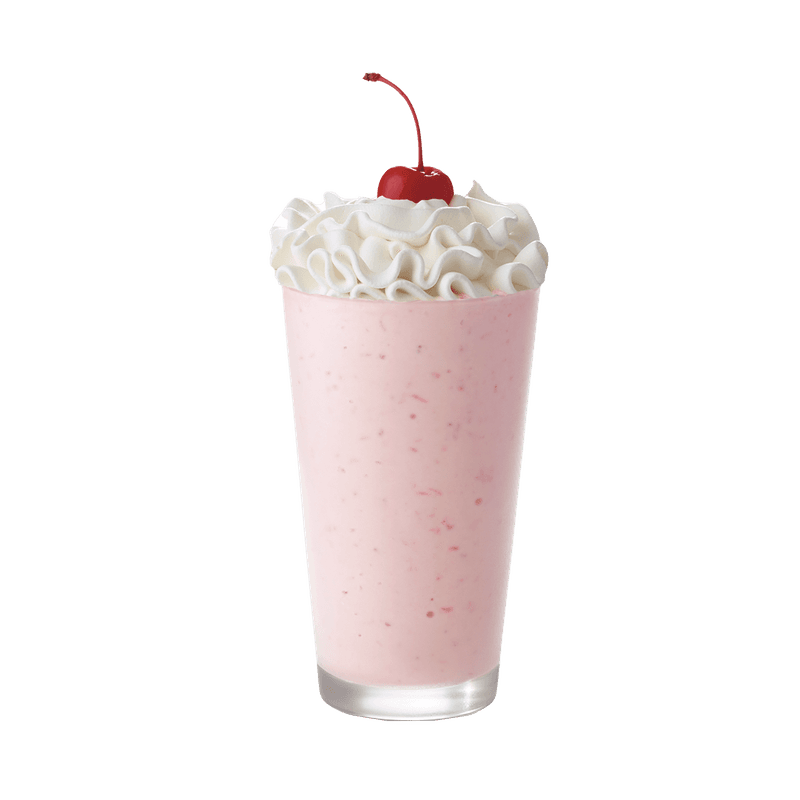
Strawberry flavoring might suggest something healthy, but Chick-fil-A’s Strawberry Milkshake delivers the same nutritional nightmare as their other milkshake varieties. The artificial strawberry syrup contains no real fruit benefits while adding concentrated sugar and artificial colors that can trigger allergic reactions in sensitive individuals. Similar to their cookies and cream version, this shake packs dangerous levels of calories and sugar that overwhelm your body’s natural processing abilities. The pink color comes from artificial dyes that have been linked to behavioral problems in children and potential cancer risks with long-term exposure. What’s particularly deceptive is how the strawberry flavor masks the intense sweetness, making it easier to consume quickly without realizing the damage. Your taste buds become desensitized to natural sweetness after consuming artificial flavors this intense. This can make healthy foods like actual strawberries taste bland and unsatisfying, creating a cycle where you crave increasingly processed and unhealthy foods to feel satisfied.
9. Dairy Queen Medium Oreo Blizzard
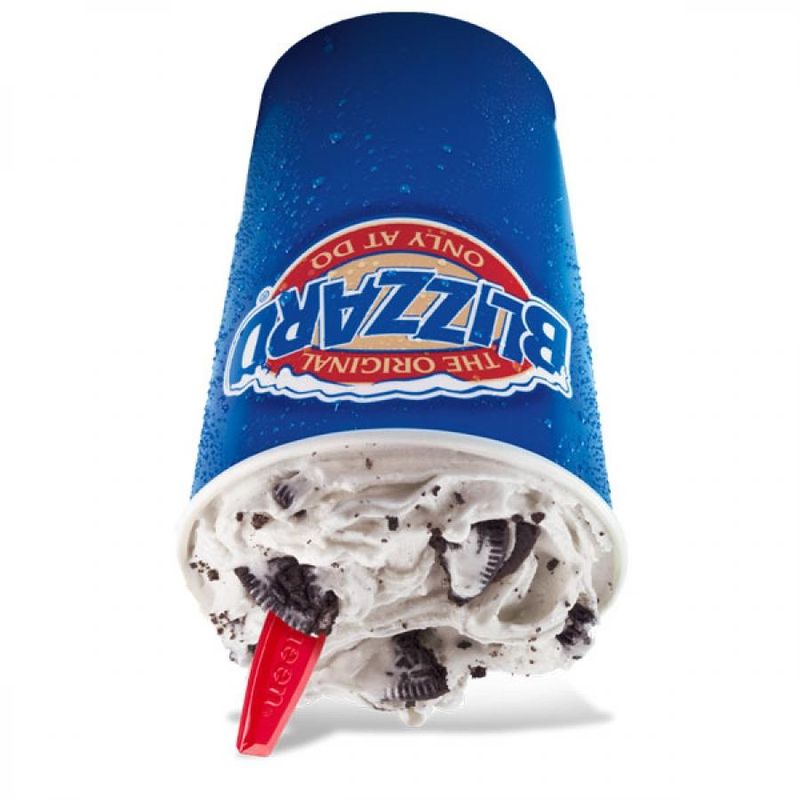
Even downsizing to a medium doesn’t save you from nutritional disaster with Dairy Queen’s Oreo Blizzard. This “smaller” version still delivers over 1,000 calories along with 100 grams of sugar and 38 grams of fat. That’s more sugar than most people should consume in two full days, packed into what many consider a reasonable portion size. The Oreo cookie pieces add processed flour, artificial vanilla, and palm oil to an already problematic base of sugar-laden ice cream. Palm oil production contributes to environmental destruction while providing no nutritional benefits to your body. The combination creates a dessert that’s harmful to both personal and planetary health. Size perception plays a crucial role in why this dessert is so dangerous. Marketing teams have convinced consumers that medium equals moderate, but restaurant portions have grown dramatically over the past decades. What’s now considered medium would have been classified as extra-large just twenty years ago, contributing to rising obesity rates and normalized overconsumption of unhealthy foods.
10. Burger King Large Vanilla Shake
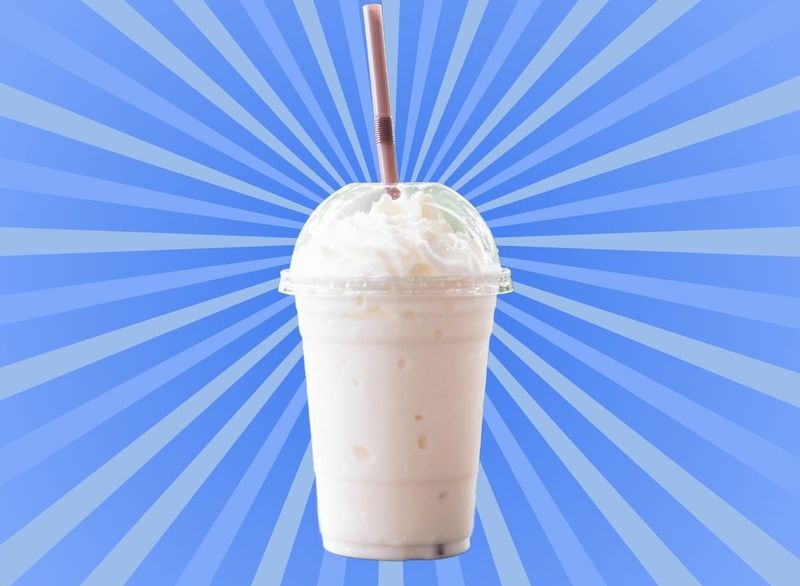
Burger King’s Large Vanilla Shake proves that simple flavors can be just as dangerous as elaborate combinations. This basic vanilla shake contains enough calories and sugar to derail any healthy eating plan, while providing zero nutritional value to justify the damage. The artificial vanilla flavoring contains chemicals that can trigger headaches and allergic reactions in sensitive individuals. The large size encourages overconsumption by making excessive portions seem normal and acceptable. Fast food chains have systematically increased portion sizes while keeping prices relatively stable, training consumers to expect and desire these massive servings. This psychological manipulation contributes to widespread obesity and diabetes epidemics. What makes vanilla particularly insidious is its perceived innocence – people often choose vanilla thinking it’s the healthier option compared to chocolate or elaborate flavors. However, the sugar and calorie content remains dangerously high regardless of flavor choice. The artificial ingredients used to create that familiar vanilla taste can actually be more processed and chemically complex than natural chocolate alternatives.
11. Jack in the Box Oreo Cookie Ice Cream Shake
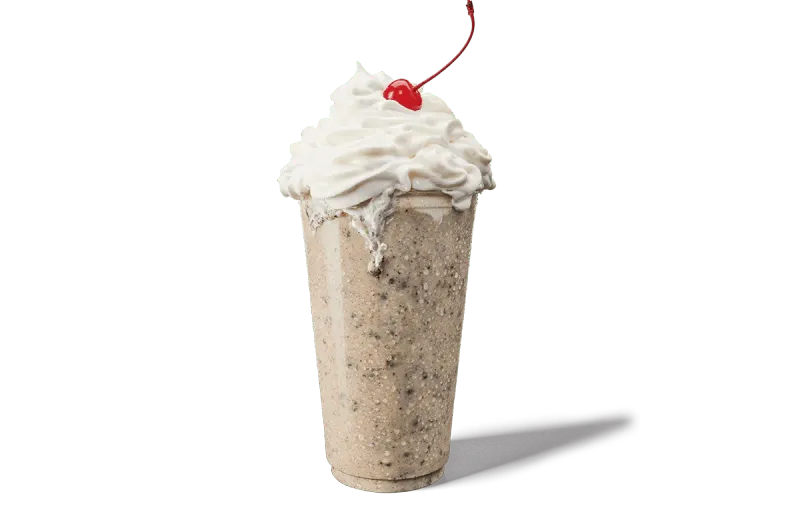
Jack in the Box keeps specific nutritional information surprisingly secretive, but dietitians consistently rank their Oreo Cookie Ice Cream Shake among the worst fast food desserts available. Independent nutritional analyses suggest this shake contains comparable or higher levels of sugar, calories, and unhealthy fats than similar offerings from other chains. The secretive nature of the nutritional content should raise immediate red flags for health-conscious consumers. When restaurants avoid transparency about ingredients and nutritional values, it usually indicates they’re hiding something problematic. This shake likely contains artificial preservatives, stabilizers, and flavor enhancers that extend shelf life while compromising nutritional quality. Food industry insiders report that Jack in the Box uses particularly high levels of corn syrup and artificial ingredients in their dessert items to maintain consistency and reduce costs. These cheap ingredients create intense sweetness that can trigger addictive eating patterns while providing no nutritional benefits. The lack of transparency makes it impossible for consumers to make informed decisions about their health.
12. Wendy’s Large Chocolate Frosty
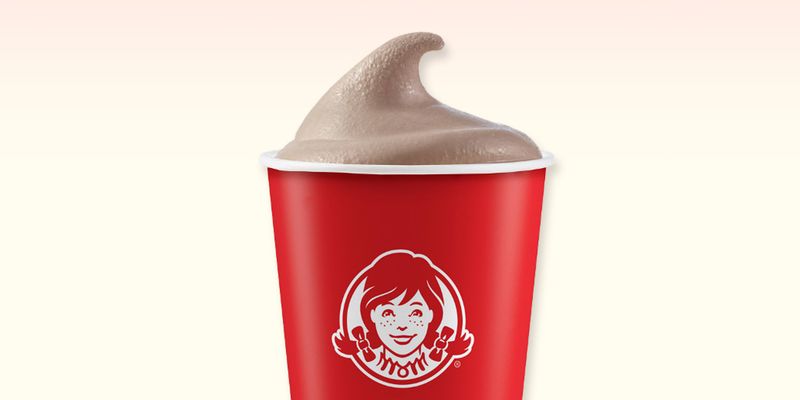
Wendy’s markets their Chocolate Frosty as a lighter alternative to traditional milkshakes, but don’t be fooled by the marketing spin. A large Frosty still delivers approximately 590 calories and 76 grams of sugar, making it a significant contributor to daily caloric intake. The thick, almost solid consistency tricks people into thinking they’re eating less than they actually are. The chocolate flavoring comes primarily from cocoa powder and artificial chocolate flavor rather than real chocolate, providing none of the antioxidant benefits found in dark chocolate. Instead, you get concentrated sugar and artificial ingredients that can cause digestive upset and blood sugar spikes without any nutritional compensation. What makes Frostys particularly problematic is their positioning as a side item rather than a dessert. Many customers order them alongside already calorie-heavy meals, treating them like a drink rather than recognizing them as a substantial dessert. This casual approach to consumption can easily add 600 calories to an already excessive meal, pushing daily intake far beyond healthy limits without conscious awareness of the nutritional impact.
Leave a comment